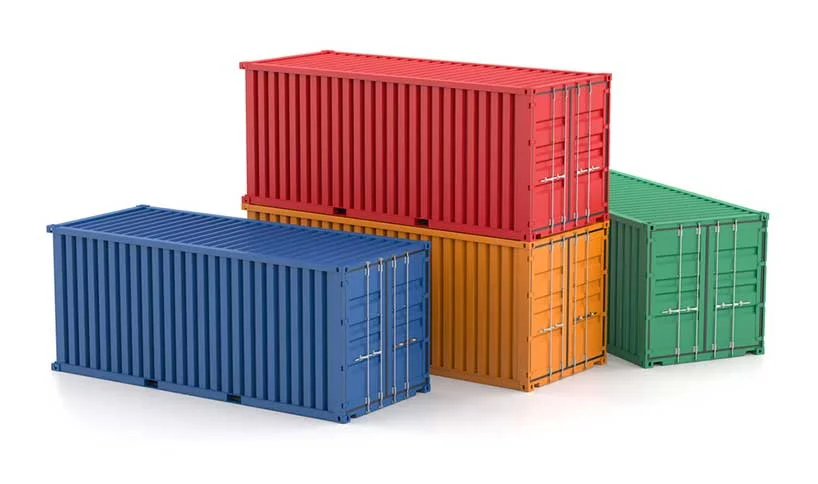



WTC offers competitive rates and direct sailing services for global FCL freight forwarding with excellent carrier relations.
FCL refers to shipments occupying an entire container, not shared with others..

Standard container sizes are 20 and 40 feet, with standard and high cube options.
The infographic outlines the main steps in FCL imports, while a detailed guide provides a comprehensive understanding of the FCL import process in India, covering activities from origin to vessel departure.
After finalizing the deal and shipping arrangements, the exporter or load port shipping agent shares essential documents and details with the importer and destination shipping agent, including container details, shipping instructions, and draft house bill of lading.
They also provide confirmation of local charges payment, courier details, surrender details if applicable, and shipped on board confirmation.
The carrier issues a master bill of lading to the origin agent, designating them as the shipper and the destination agent as the consignee, unlike the house bill of lading that mentions the exporter and importer as shipper and consignee, respectively.
The destination agent receives the master B/L from the origin agent.
After the goods are cleared for export and the ship departs, the destination agent tracks the shipment and informs the importer of any updates.
Two days before the ship's arrival, the carrier files an Import General Manifest (IGM) with customs, which includes details of all import shipments and their corresponding B/L numbers.
If the final destination is an inland container depot, the carrier files a Sub-Manifest Transshipment Permit (SMTP).
The carrier then sends a Cargo Arrival Notice (CAN) to the importer and the "notify party" with details about the goods and any collection charges.
After the ship reaches the destination port, containers are offloaded and moved to a designated Container Freight Station (CFS) for customs clearance.
If the final destination is an Inland Container Depot (ICD), the containers are transported there via inland haulage, either arranged by the carrier or independently by the importer.
Within 48 hours of the ship's arrival, the custom house agent files the crucial Bill of Entry (BOE) on behalf of the importer, initiating the import clearance process.
The Bill of Entry (BOE) is a legal requirement for importing goods into India.
It involves entering information on the ICEGATE website, generating an Import Checklist, verifying the information, and receiving a BOE number.
The customs department assesses duty based on cargo value and classification.
After customs clearance, the importer provides documents to the destination agent,who submits them to the carrier.
The final step is last-mile delivery, where the importer receives the cargo and returns empty containers.
Customs and port authorities clear goods for export and import at the origin and destination countries.
Intermodal transportation providers facilitate the movement of goods between the factory and ports.
In FCL shipping, a shipper exclusively hires a shipping container for their cargo, often involving large shipments.
Before proceeding with FCL or LCL shipping, it's crucial to understand the pricing differences and the incoterms used in the shipping quote to determine responsibilities and additional fees.
Upon delivery, the freight forwarder provides a bill of lading as a receipt for the goods picked up.
Commercial and packing lists are provided by the factory/manufacturer and contain declared values and dimensions/weight of the goods.
Additional documents may be required depending on the product type.
LCL involves consolidating goods at the freight forwarder's warehouse, while FCL involves direct loading at the factory site.
Containers go through customs before being loaded onto the boat at the port of origin.
Shipping time varies from 10 to 30 days depending on the boat type.
After import customs, the freight forwarder delivers the container to their warehouse for processing or directly to the destination address.
If there are delays, demurrage charges will increase the shipping cost.
Using a service provider can save you from unexpected fees.
The truck delivers the unopened container to the destination address, where it is opened, and the goods are unloaded before returning the container to the port.
As the shipper, you are responsible for arranging transportation for the container back to the port after unloading to avoid detention charges.
In FCL shipping, a shipper (exporter) hires an entire shipping container for his cargo. This does not mean he has to fill up the container space entirely. It is more accurate to say that he has exclusive rights to the container. However, it is usually seen that FCL shipments are large.
FCL Exports Process